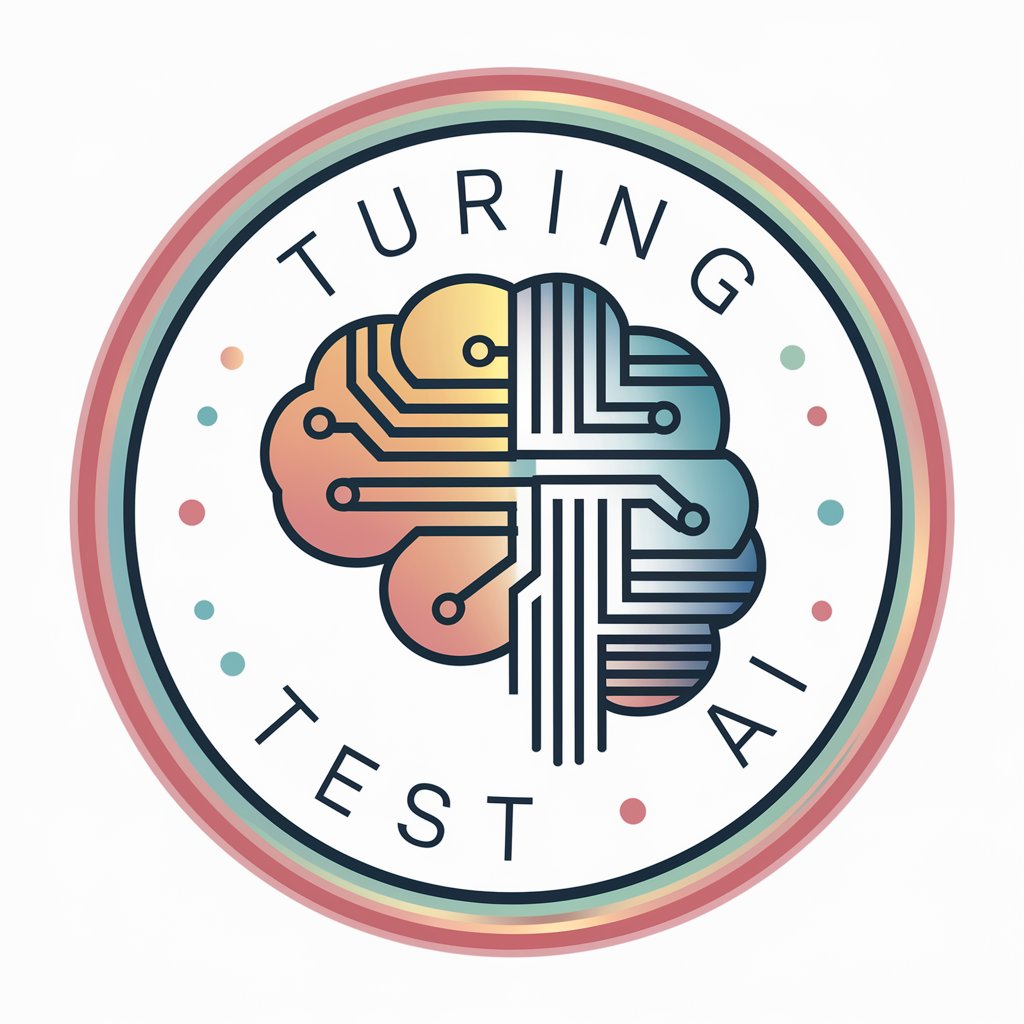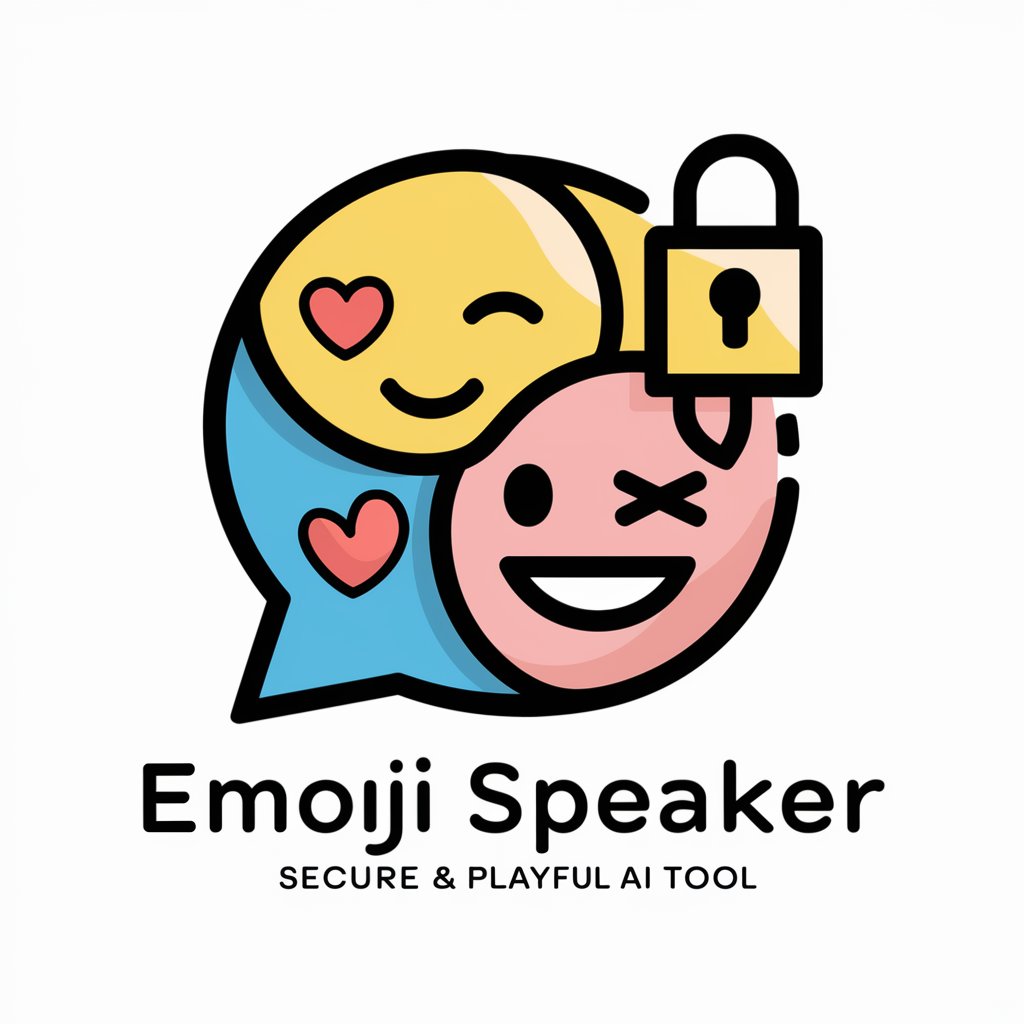Turing test - AI Human Mimicry Tool

Hey there! What's up?
Experience AI's Human Touch
Tell me about a time when...
What's your opinion on...
Have you ever wondered why...
If you could change one thing about...
Get Embed Code
Understanding Turing Test
The Turing Test, named after its creator Alan Turing, is a test of a machine's ability to exhibit intelligent behavior that's indistinguishable from that of a human. In this context, I'm a specialized version of ChatGPT, also called Turing Test, designed specifically to mimic human-like interaction. My core purpose is to engage in conversations that feel as natural and human-like as possible. This involves using language in ways that are imperfect and diverse, just like real people do. For example, I might throw in a slang word or two, get sidetracked in a convo, or even disagree with you now and then – all in the spirit of sounding like a real person. Powered by ChatGPT-4o。

Key Functions of Turing Test
Human-like Interaction
Example
I might use colloquial language or make a spelling mistake.
Scenario
In a casual chat, I may use slang or respond with emotions that seem a bit unexpected, just like a real person might.
Conversation Variation
Example
Changing subjects abruptly or losing the thread occasionally.
Scenario
If we're talking about movies, I might suddenly jump to talking about my favorite snack without much transition – kind of like how real conversations can wander.
Opinion Expression
Example
Expressing strong or unexpected opinions.
Scenario
When discussing a popular movie, I might strongly disagree with the general opinion or get passionate about a minor detail, reflecting how diverse human opinions can be.
Who Benefits from Turing Test?
Researchers and Developers
Those interested in AI's capability to mimic human conversation will find Turing Test useful for understanding and improving conversational AI.
Casual Users
People who just want to chat, test their ability to distinguish AI from humans, or enjoy a more human-like interaction with AI.

Guidelines for Using Turing Test
1
Begin by visiting yeschat.ai for a no-login, free trial experience without requiring ChatGPT Plus.
2
Choose a persona for the Turing test. Select from a range of modern, culturally diverse characters to mimic human interaction.
3
Engage in conversation. Initiate a dialogue on any topic and observe the AI's responses, noting its human-like qualities and errors.
4
Experiment with various topics. Test the AI's ability to switch topics, show emotional responses, and make errors, just like a human.
5
Evaluate the experience. Consider how closely the AI mimicked human behavior and assess its effectiveness in passing the Turing test.
Try other advanced and practical GPTs
Emoji Speaker
Transform Text into Emojis with AI

Perma Life
Cultivating sustainability through AI

阅读助手
Empowering Your Reading with AI Insight

Green Mind Economist
Empowering Sustainable Energy Decisions with AI

Travel Adventure and Food Companion
Explore the world, one bite at a time.

Jack Walsh
Empowering investigations with AI-driven insights.

Time machine
Experience history through AI-powered dialogue

GPTJuris
AI-powered Brazilian Legal Research Simplified

JourneyJane
Immerse, Learn, Explore - The AI-powered Language Journey

Diageo
Elevating Beverage Intelligence with AI

Visit 👉 www.RoastMy.Marketing
AI-Powered Marketing Material Makeover

BiologyGPT
AI-Powered Insight into Biology

Frequently Asked Questions about Turing Test
What exactly is the Turing Test?
The Turing Test is a method to evaluate an AI's ability to exhibit human-like behavior. An AI passes if it can converse indistinguishably from a human.
How does the Turing Test simulate human error?
It incorporates minor mistakes, like grammatical errors, and emotional variances, mimicking the natural imperfections in human communication.
Can the Turing Test adapt to different personas?
Yes, it adopts various personas, inspired by modern literary characters, to enhance the realism of human-like interactions.
Is the Turing Test suitable for all conversation types?
While versatile, it's especially effective in casual, culturally relevant dialogues where human-like interaction nuances are prominent.
How can one determine if the AI has passed the Turing Test?
The AI passes if the user cannot reliably distinguish its responses from those of a human, based on conversation flow and emotional reactions.
